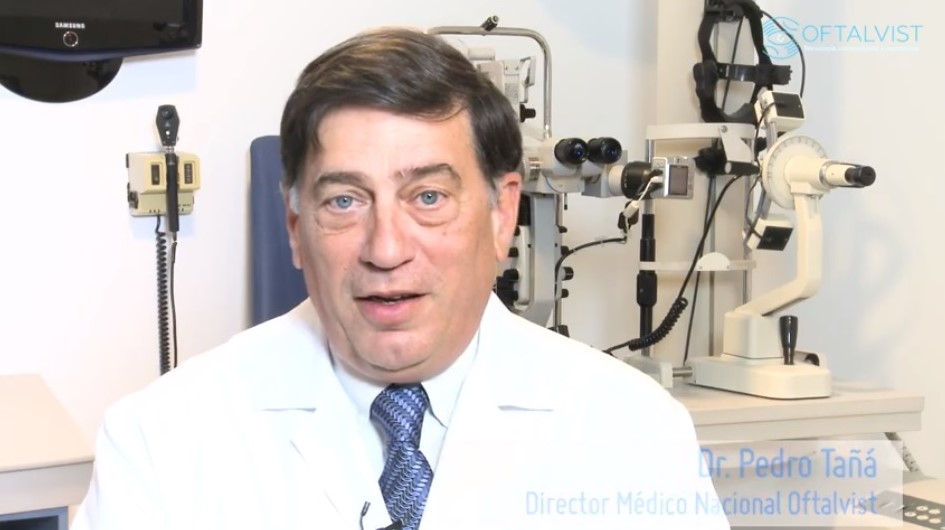Presbyopia / Presbyopia Surgery
Presbyopia surgery
Is it necessary to have surgery?
If the patient would rather not undergo an operation, preferring a non-surgical treatment for their presbyopia, the solution would be to correct their vision using glasses.
Many patients that develop presbyopia may not have ever used glasses before, in which case they will require monofocal glasses (i.e. purely to correct for near vision).
What if I already wore glasses?
For those that did already wear glasses before the presbyopia occurred, it is common to prescribe bifocal glasses (with a visible near-vision prescription in the lower section of the lens) or progressive glasses (the prescription varies progressively from the upper area, for distance vision, to the lower area, which is for near vision). In contrast to bifocal glasses, progressive glasses offer clearer vision and an improved range of focus distances.
But if the patient does not want to wear glasses, the only other current solution is presbyopia surgery.
Presbyopia surgery is much safer and more efficient these days as it is performed with the cutting-edge technology we use in all our ophthalmology centres, to ensure our patients never have to rely on reading glasses ever again.
When can presbyopia be operated?
Tired eyesight or presbyopia consists of a physiological process in which our crystalline lens becomes more rigid over time and loses its natural elasticity, which translates into the loss of its ability to focus on objects and there is no way to go from vision from far to near without the aid of glasses.
As long as the patient is suitable for an intervention after carrying out a complete previous eye examination:
→ From 50 years of age.
→ Those patients who wish to do without their near glasses can opt for a presbyopia correction and, at the same time, for a cataracts surgery in a single intervention.
→ In those patients in whom an incipient development of cataracts is detected, we can simultaneously correct it with the technology that we currently have available, as well as thanks to the wide range of intraocular lenses, in addition to treating any associated refractive defect such as myopia or hyperopia.
Laser surgery for presbyopia
First of all, we perform an exhaustive eye examination, where the ophthalmologist will obtain a reliable confirmation of the appropriate treatment, the lens to be implanted and if it will be possible to meet the patient’s expectations in terms of the results they want to achieve.
After this assessment and diagnosis, we will then go ahead with the surgical treatment, which involves replacing the crystalline lens (the eye’s natural lens) with a new cutting-edge multifocal lens. There are two different types of surgery available:
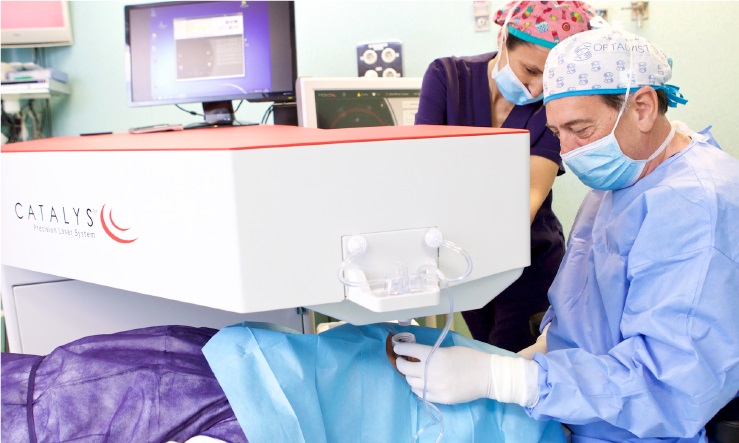
Traditional presbyopia surgery
Using a probe that emits ultrasound waves, we break the crystalline lens up into smaller pieces and remove them using suction. We then implant the intraocular lens which will replace the crystalline lens to perform the same functions.
The surgery involves just a tiny incision with a scalpel and does not require hospitalisation, so the patient will be able to go straight home by themselves.
Laser presbyopia surgery
We extract the crystalline lens using a cutting-edge femtosecond laser platform (Excellence Surgery). This technology allows us to soften the crystalline lens using less energy than that used in traditional manual surgery, making the removal process faster.
We then use ultrasound to remove the lens fragments with suction. Finally, we implant the multifocal lens that will replace the crystalline lens in the eye. The patient will be able to return home the very same day as the surgery and go back to their everyday routine in just a few hours.
At Oftalvist, we are specialists in implanting cutting-edge multifocal lenses using a femtosecond laser platform. This technology is safer and more effective than traditional manual surgery and provides excellent results for our patients.
The most cutting-edge alternative today for achieving total independence from glasses for near, distance or even intermediate distances is through the use of new trifocal intraocular lenses.
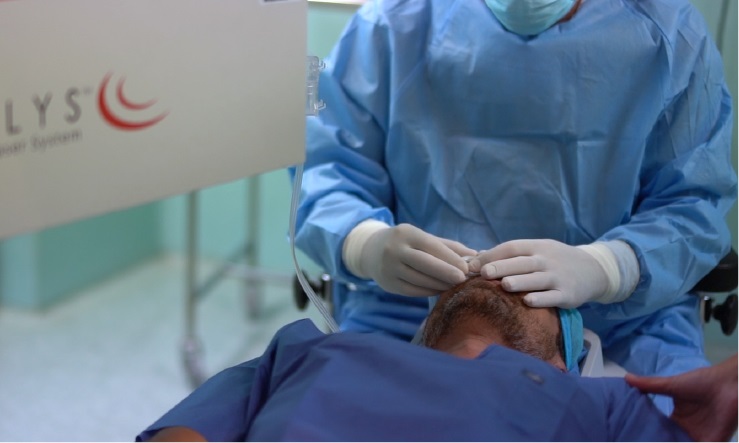
Advantages
→ Maximum precision in the surgical procedure: perfect incisions performed by laser (no scalpel).
→ Less trauma to the eye: less energy is applied to the eye.
→ More precision when centring the multifocal lens.
→ Stronger and more stable scarring.
What does the procedure entail?
1.
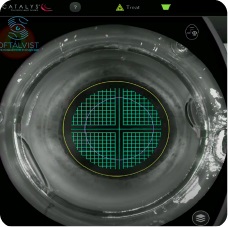
We use the femtosecond laser to soften and break the crystalline lens into fragments.
2.
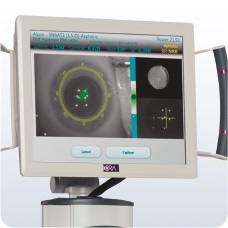
We also calculate the power and alignment of the lens during surgery using the ORA system.
3.
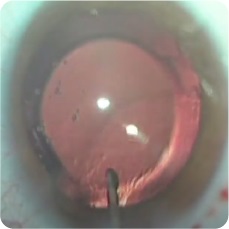
We replace the eye’s crystalline lens with a trifocal lens.
Trifocal lenses for presbyopia surgery
Trifocal lenses are characterised by their versatility and are today the closest alternative to the eye’s natural lens (the crystalline lens). These lenses are a major advancement in phaco-refractive surgery as they qualitatively improve the vision of our patients by offering convenience and independence from glasses, correcting for all distances.
They also provide a solution to those patients who, in addition to having issues with their near and distance vision, also suffer from astigmatism. This is what we call toric trifocal lenses.
Trifocal lenses allow us to correct:
● Near vision: distances less than 50 cm. For example, being able to clearly read a book or a restaurant menu without glasses.
● Intermediate vision: distances between 50 cm and 1 m, such as when we’re using a computer, sewing, cooking, etc.
● Distance vision: distances further than 1 m. For example, excellent visual acuity for driving or watching TV comfortably.
Recovery
Recovery after presbyopia surgery is very fast and the patient will be able to go home the same day of the surgery and go back to their regular life in less than 24 hours, with excellent quality vision.
The recovery process involves the use of antibiotic and anti-inflammatory eyedrops for a couple of weeks, to prevent any kind of infection or inflammation.




